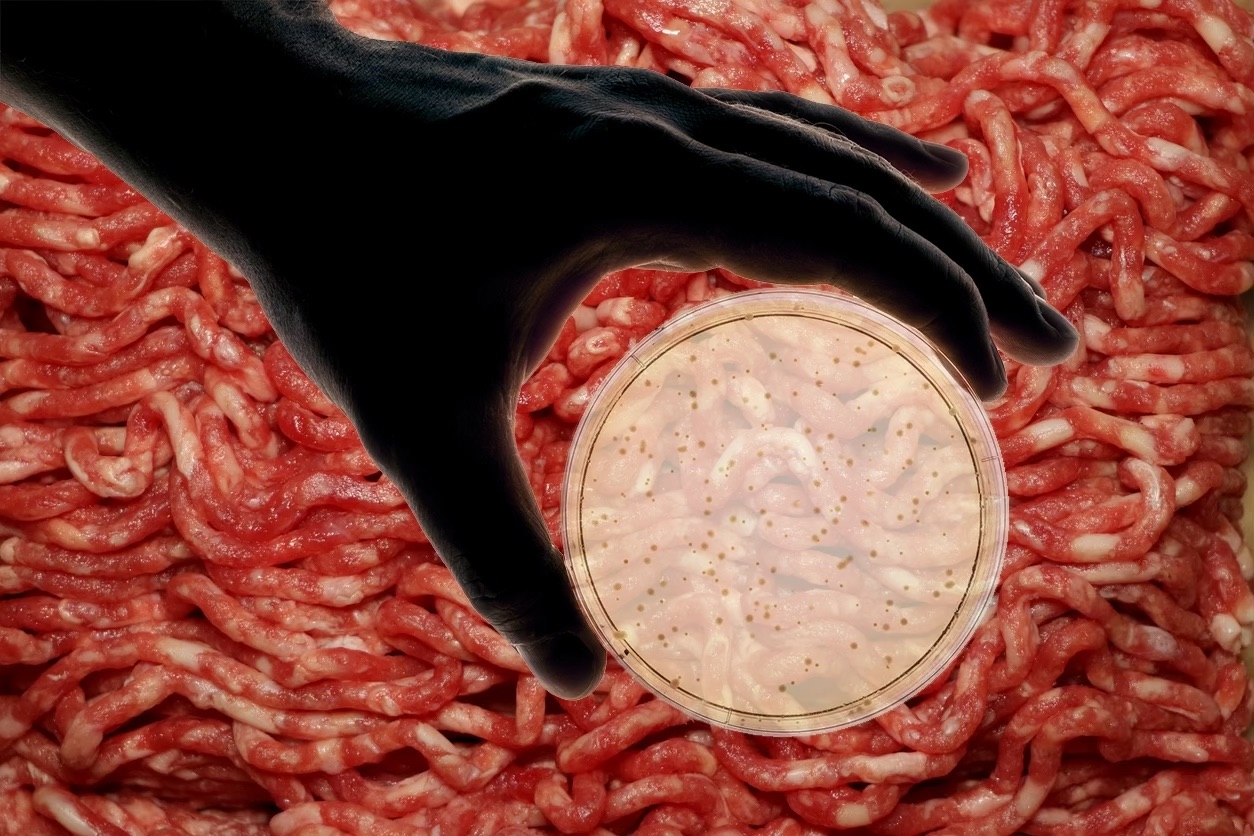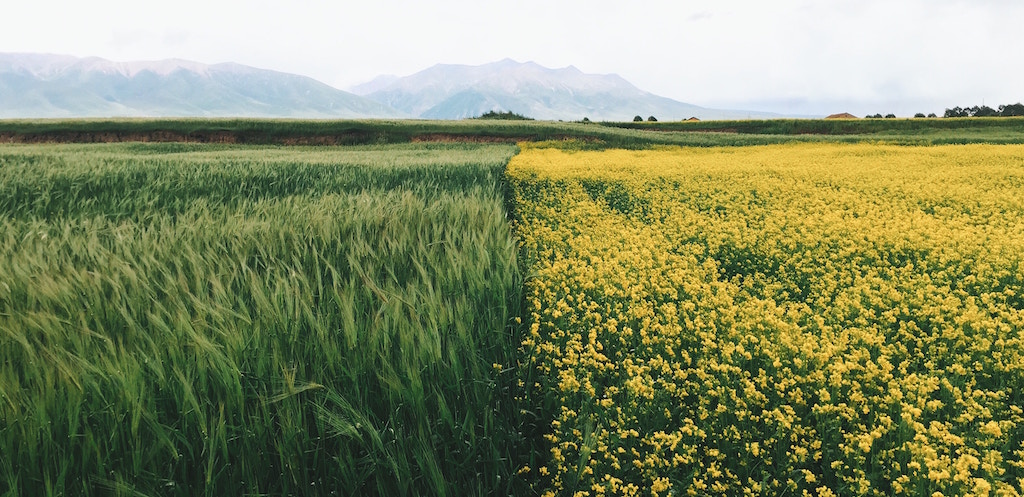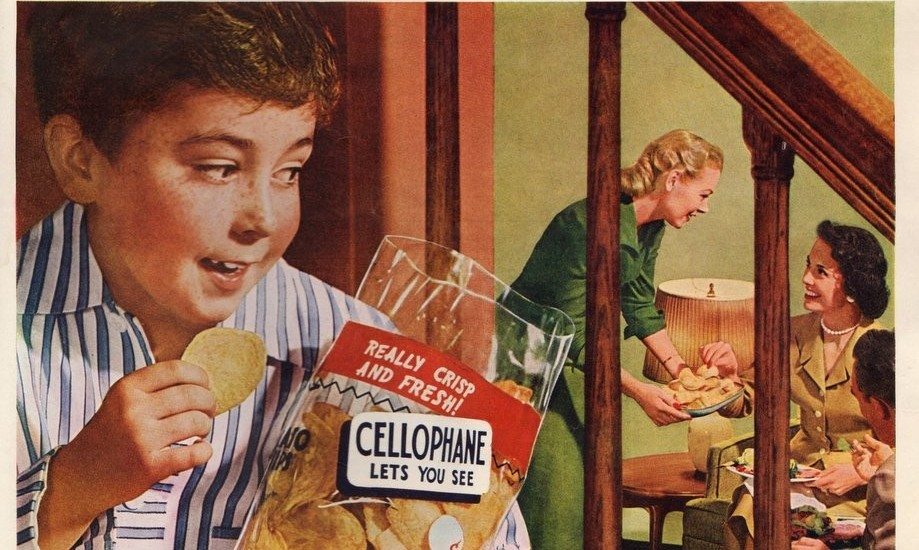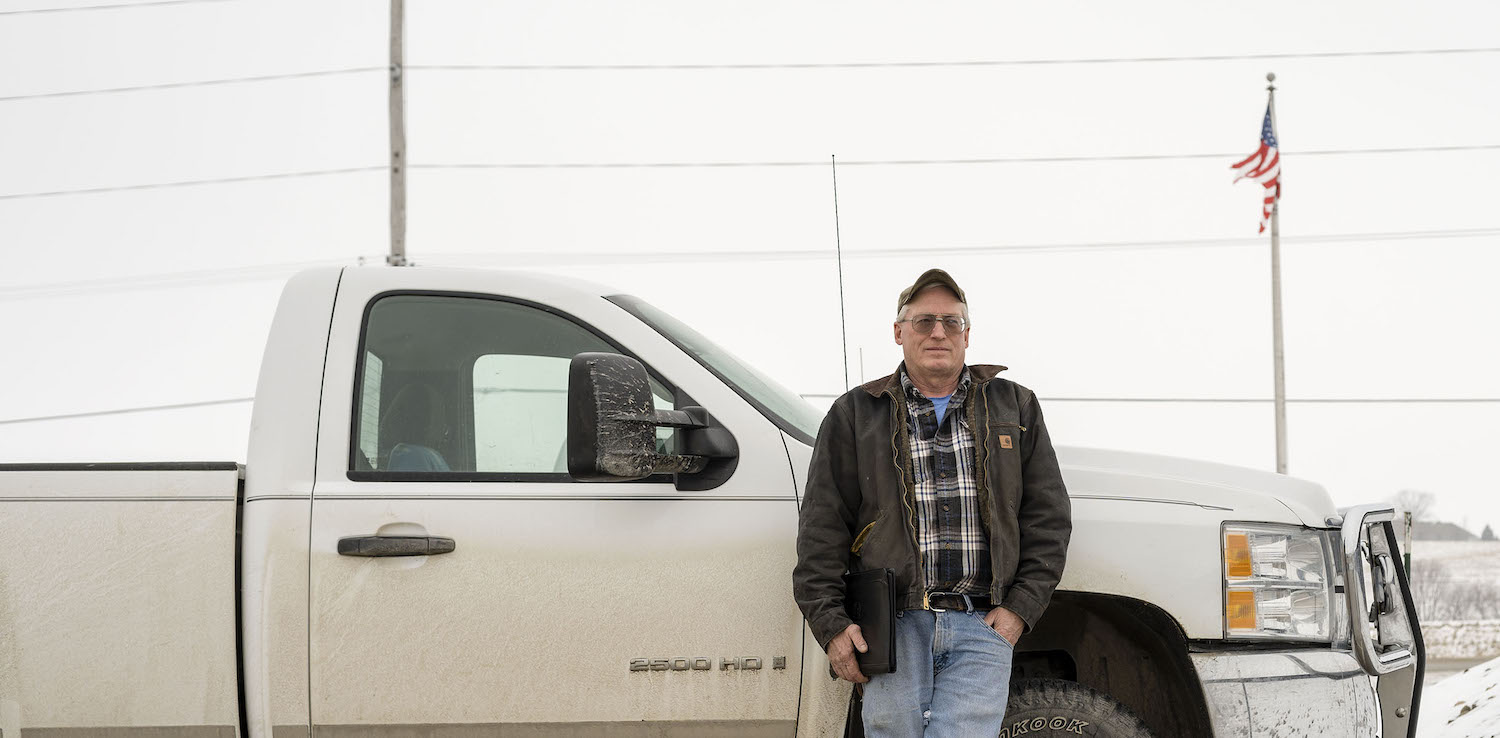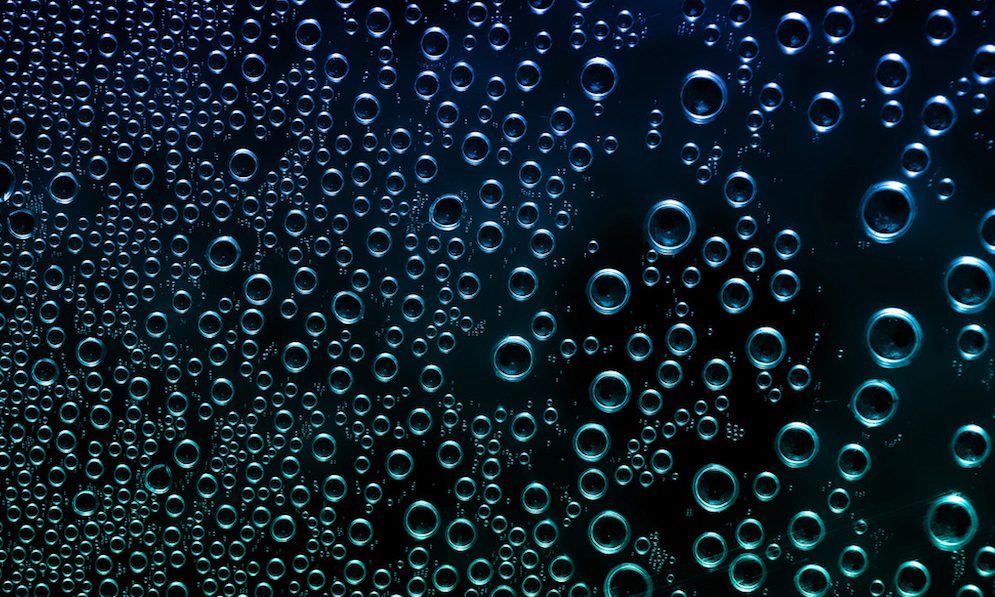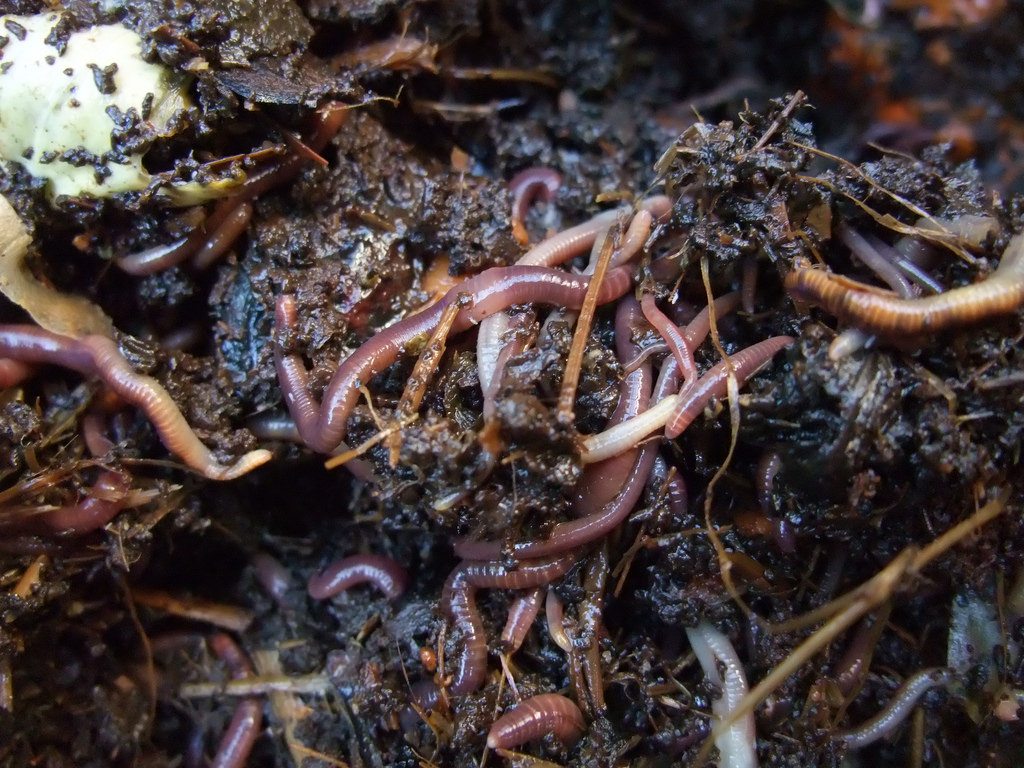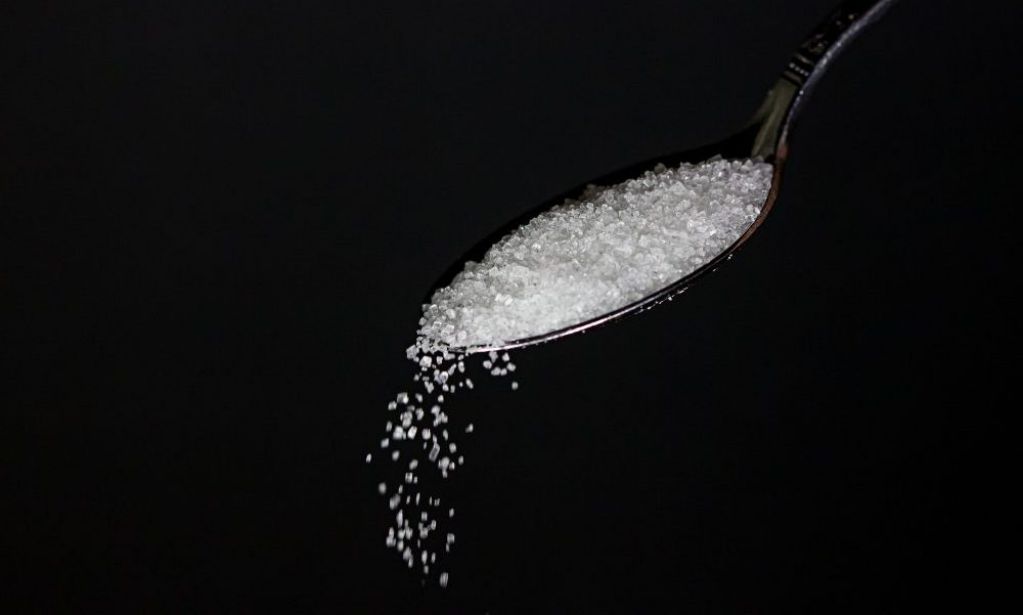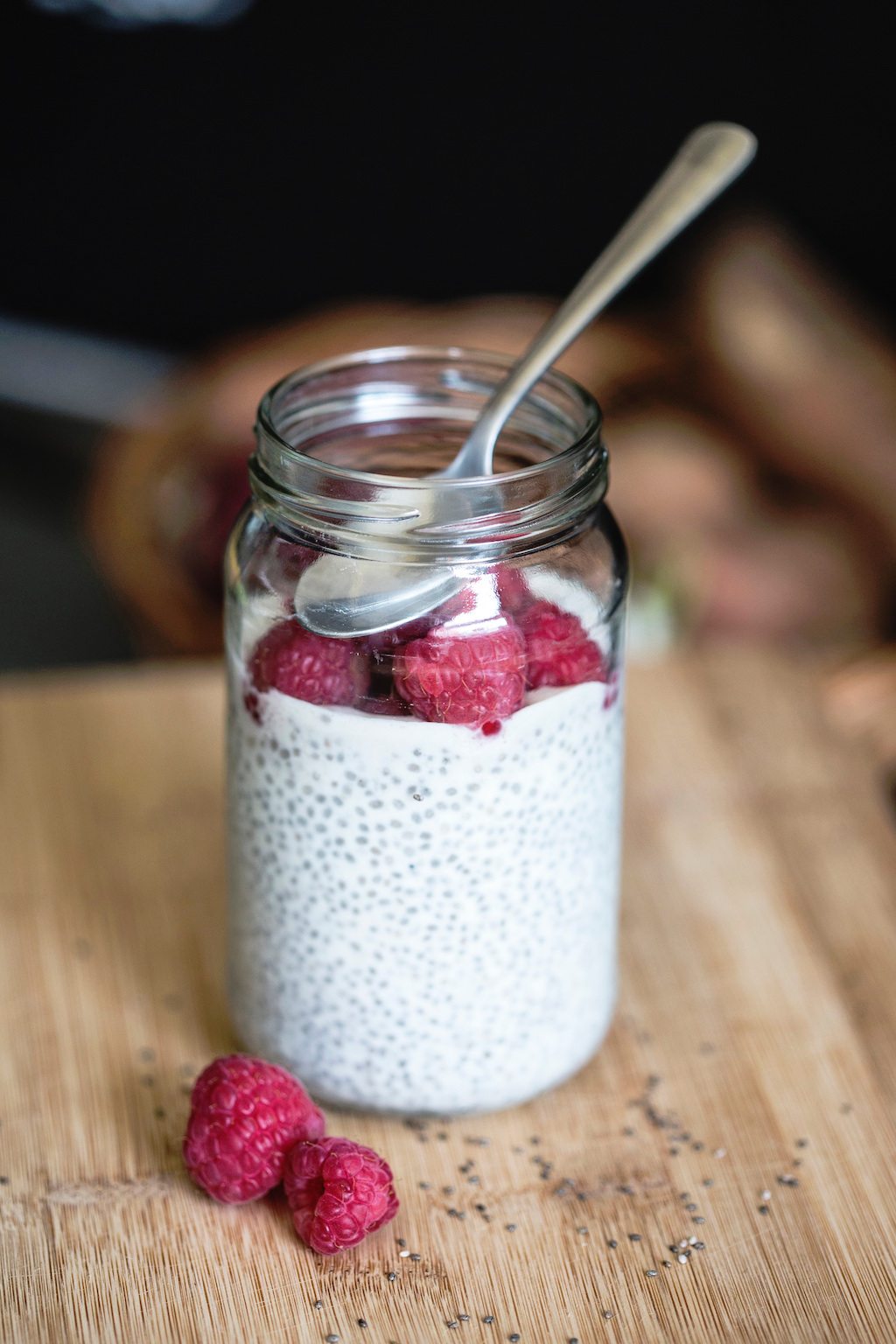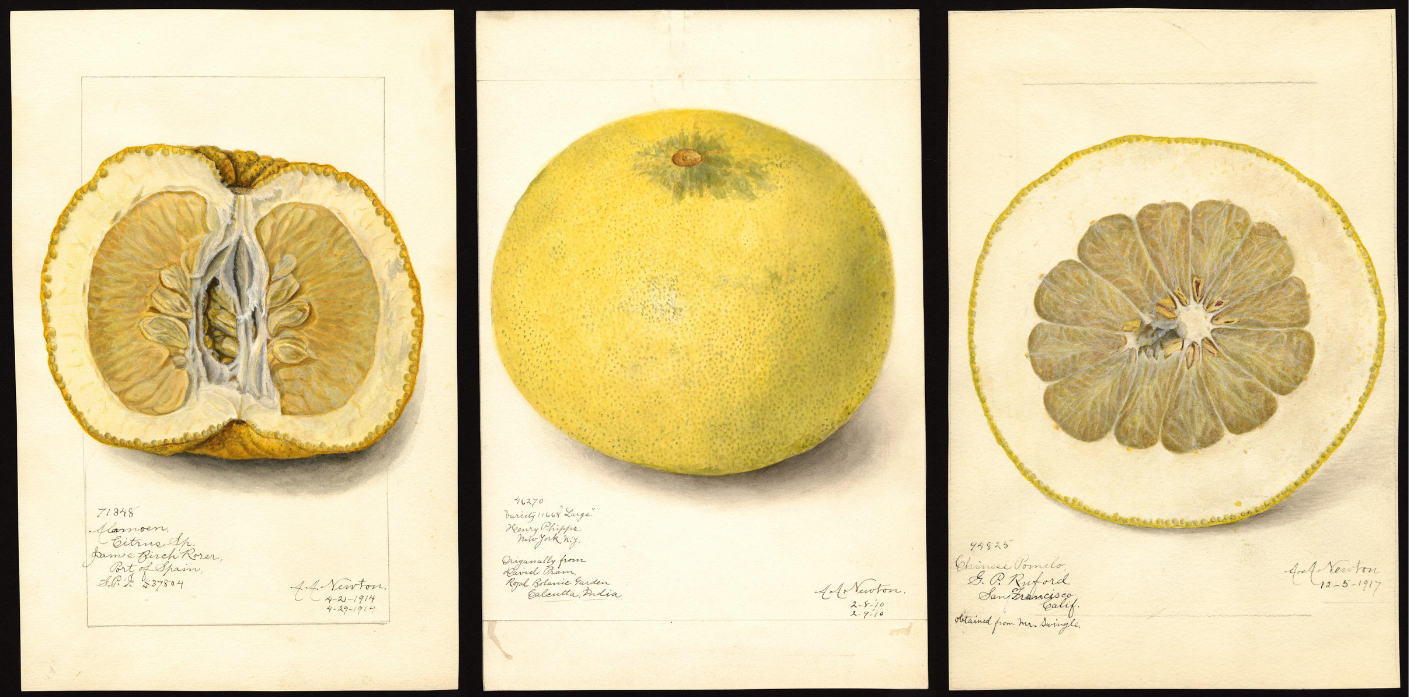
USDA
If you’ve ever eaten a pomelo—the largest of our citrus friends and often mistaken for a swollen grapefruit—you know that it has an unforgettably unique rind. It’s a fluffy, lightweight, blush-hued outer package that feels like a sponge and can measure well over an inch in thickness. A pomelo’s peel is totally unlike the peel of any other fruit within the citrus family or beyond.
Scientifically, the pomelo is known as “citrus maxima,” which sounds like a nutritious Harry Potter spell. The fruit is native to Southeast Asia, and can be found in many Asian and Latin American supermarkets, as well as some bigger grocery stores. It has a mild, refreshing flavor that can range from tart to sweet. However, it’s not yet ubiquitous enough in the United States to be officially categorized as its own fruit. Instead, it’s considered a variation of the grapefruit by the Department of Agriculture, and data about its import and export are not delineated. However, unlike grapefruits, pomelos aren’t available year-round. They’re imported mainly in the fall and winter, right in time to soothe the symptoms of seasonal affective disorder—such as right now.
Nearly every internet explainer on the pomelo makes note of the fruit’s thick pith. But eaters aren’t the only ones fascinated by it. Recently, the pomelo peel served as inspiration for a team of mechanical engineers at Texas A&M University, who were captivated by its ability to protect its inner fruit from falls as great as 32 feet high. Now, those researchers are using the pomelo peel to rethink one of humankind’s most ubiquitous inventions: foam.
This is called gradient porousness, McAdams’s team explains in an article detailing its findings, published in November in the American Society of Mechanical Engineers Journal of Mechanical Design.
While gradient porousness occurs naturally in the pomelo peel, its naturally intelligent design has never been replicated in a human invention. Every man-made foam, from Scrub Daddy sponges to yoga mats, is either uniform or random in their distribution of pores. McAdams’s team was curious about whether this gradient affected a foam product’s impact resistance. So they developed a virtual model of it to find out.
Most engineering design is executed on computers, using software built around complex mathematical computations. Computer modeling allows engineers to simulate products without creating real-life prototypes, which can be prohibitively expensive and time-consuming. For their research, McAdams’s team created a pomelo-inspired simulation of aluminum foam, a common material used in cars to absorb shock in parts of the vehicle that are vulnerable in crashes.
Next, they subjected the simulated foam to impact in two virtual experiments. In one, they applied pressure carefully and continuously. In another, they dropped the foam from a height of five feet. In both cases, the pomelo-inspired foam design absorbed more shock than foam with uniform pore distribution. Nature 1, human ingenuity 0.
This is an important discovery, because it has broad applications in nearly every aspect of human life.
Foam is indeed everywhere. It’s what cushions fragile items when they’re delivered at our doorsteps. It has applications in both heat and sound insulation. And it’s crucial in the design of all aircraft and watercraft, from helicopters to submarines.
McAdams’s team may not have created a physical model of pomelo-inspired foam, but their discovery is a critical middle step between theory and practice.
“If you want to build a chair, you need some wood, but you also need a hammer,” Zhang says. “What we did is we designed a chair and we provided the hammers.”
The “chair” in Zhang’s analogy hasn’t been built yet, but now engineers can use the team’s blueprint and tools to construct one.
Pomelo foam is just the latest example of bio-inspired design. Nature’s inventions have long informed human inventions. The extraordinary exoskeletons of ants, for example, are fascinating to scientists trying to replicate them in robotics design. Octopuses have influenced researchers trying to mimic the species’s incredible ability to camouflage itself. The natural absorbency of mushrooms and banana peels have been employed to clean up water pollution.
Is it possible that, one day, we’ll be wearing pomelo-inspired bicycle helmets, sleeping on pomelo-inspired mattresses, and padding our holiday packages with pomelo-inspired styrofoam?
That future may now be a little bit closer to fruition. In the meantime, we’ll be snacking on pomelos.

